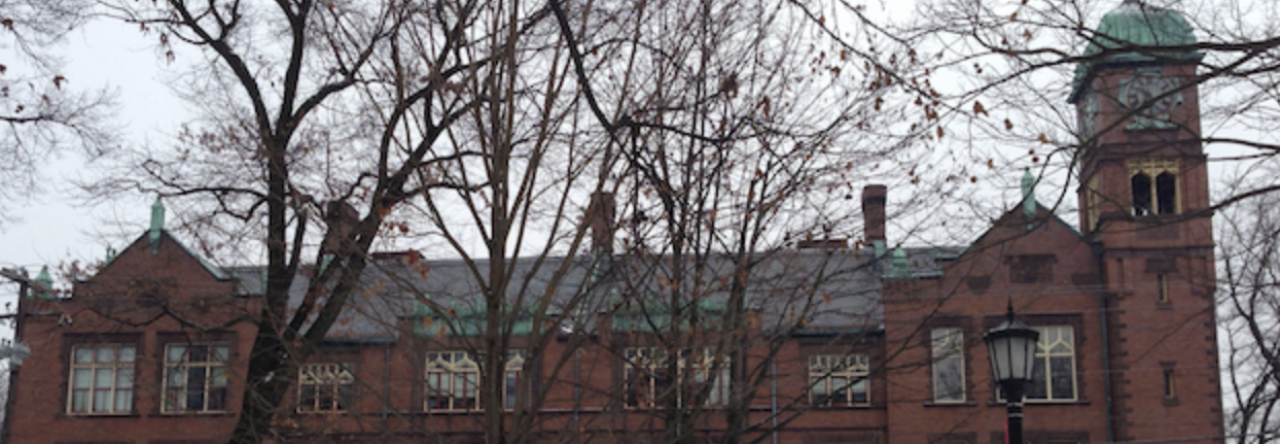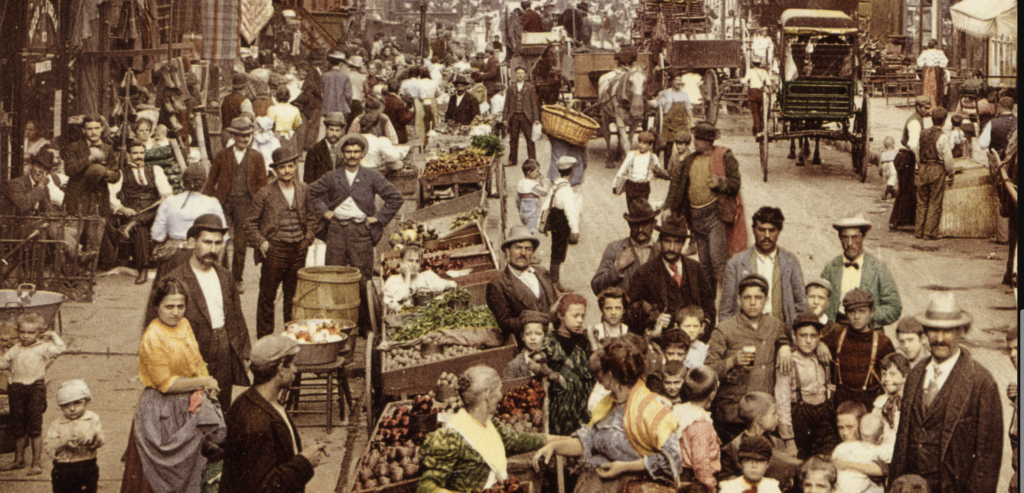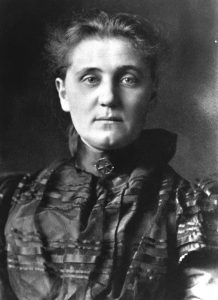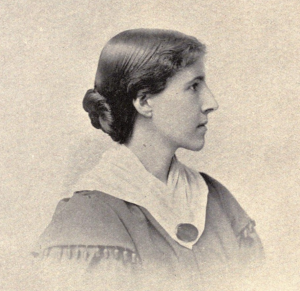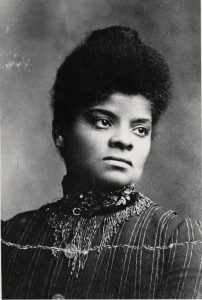What was the most enduring cultural change of late nineteenth-century American society?
American Yawp, Chapter 18: Life in Industrial America
- I. Introduction
- II. Industrialization & Technological Innovation
- III. Immigration and Urbanization
- IV. The New South and the Problem of Race
- V. Gender, Religion, and Culture
- VI. Conclusion
- VII. Primary Sources
- VIII. Reference Material
Image Gateway
This colorized photograph captures an immigrant community on Mulberry Street in New York around 1900. For more information on a nearby tenement house and its residents (97 Orchard Street), visit the Tenement Museum in New York City.
Discussion Question
- How does Chicago, a classic “gateway city,” illustrate the intersection of post-Civil War American social and economic trends, such as industrialization, urbanization, and immigration?
Statistics (via American Yawp, chapter 18)
- For twenty years, between 1866-1886, cowboys drove about one million cattle each year from Texas to Kansas for rail transport to Chicago for slaughter and meatpacking at the Union Stock Yards and then eventual consumer distribution, serving about 80% of national meat consumption.
- In 1850, Chicago’s population was about 30,000. By 1900, the population of Chicago population exceeded 1.7 million with 80 percent of those residents either foreign-born or children of immigrants.
- Inventor Thomas Alva Edison promised that at his “invention factory” in Menlo Park, NJ, they would produce “a minor invention every ten days and a big thing every six months or so” (Edison eventually received over 1,000 patents for his inventions, including those related to electric power and lighting, phonograph, and motion pictures)
- Estimated 5,000 lynchings of Blacks from 1880s to 1950s, with concentration in Deep South states (Mississippi, Georgia) during 1890s-1930s (with 2 t0 3 Black citizens lynched every week)
- By 1920, according to the US Census, more Americans lived in urban areas (2,500+ people) than rural areas
- Between 1870 and 1920, over 25 million immigrants came to US
Gender in the Age of Cities
- Settlement House reformer Jane Addams
- Author Charlotte Perkins Gilman
- Activist Ida B. Wells
- Jane Addams founded Hull House in Chicago and became the first American woman to win the Nobel Peace Prize (1931)
- Charlotte Perkins Gilman wrote the short story, “The Yellow Wallpaper” (1892) and a landmark study, Women and Economics (1898). She was born in Connecticut, but lived for many years in southern California.
- In 1892, journalist Ida B. Wells launched a national anti-lynching campaign that lasted for decades. For most of that period, Wells lived in Chicago.
- Women’s suffrage activist and future US Senator (for a day) Rebecca Latimer Felton (D-GA) once said: “If it takes lynching to protect women’s dearest possession from drunken, ravening beasts, then I say lynch a thousand a week.”
Discussion Question
- How did industrialization raise questions or concerns about male gender identity?
Handouts
